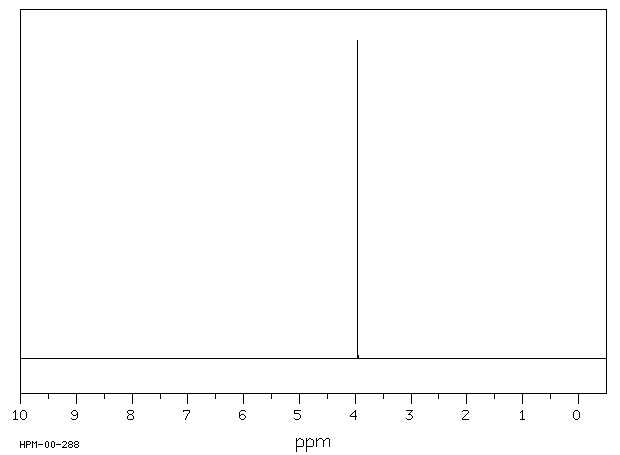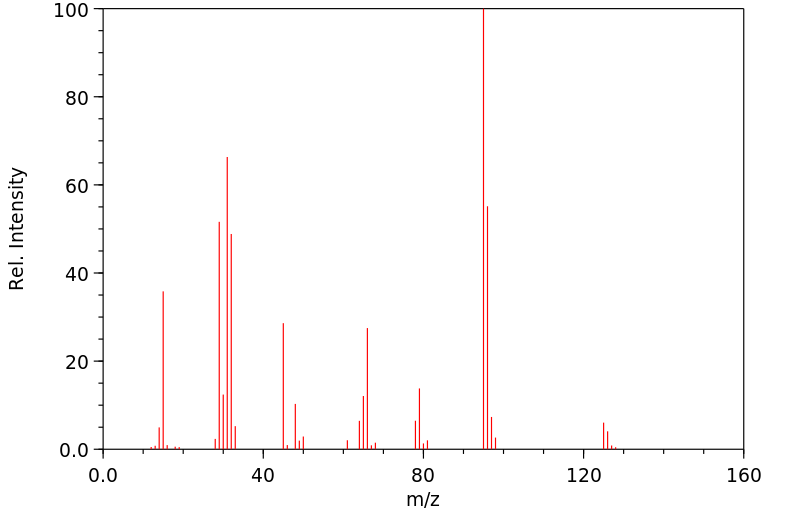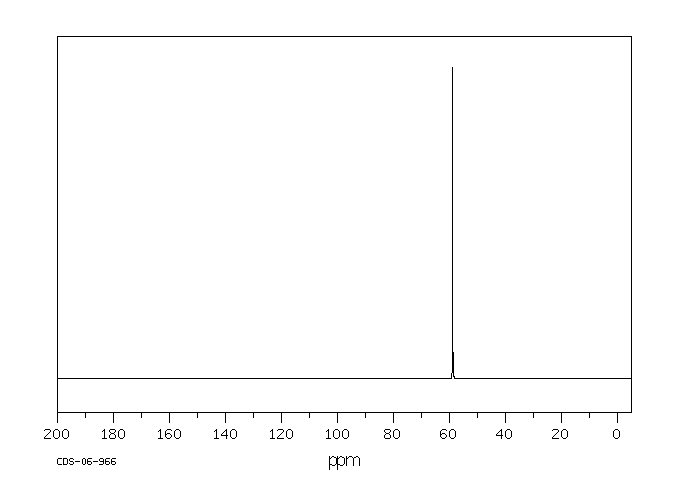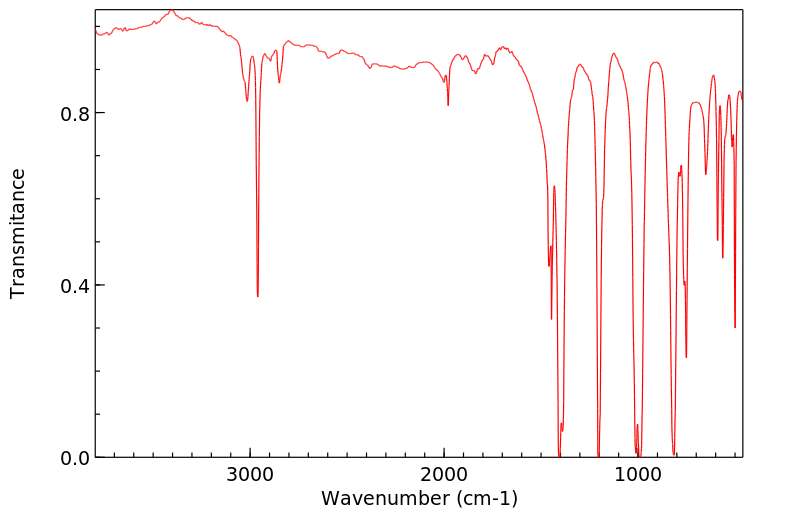代谢
硫酸二甲酯可以通过粘膜、肠道和皮肤轻易吸收。它在哺乳动物组织中迅速代谢,当注射到大鼠静脉中时,在3分钟后血浆中就检测不到了。硫酸二甲酯的水解以及随后对细胞和组织,包括DNA的成分分子的甲基化可能是其局部作用、全身毒性作用和可能的致癌性的原因。在眼睛上,硫酸二甲酯产生的毒性作用与甲醇相似,并且其毒性部分可能是由于分子中溶解的甲醇部分,也可能是由于烷基化反应的结果。在人体内的最终代谢物是硫酸根和二氧化碳,这些分别通过肾脏排泄和通过肺部释放。
Dimethyl sulfate is absorbed readily through mucous membranes, the intestinal tract, and the skin. It is rapidly metabolized in mammalian tissues and when injected intravenously into rats is undetectable in the plasma after 3 minutes. It is possible that the hydrolysis of dimethyl sulfate and the subsequent methylation of component molecules of the cells and tissues, including DNA, are responsible for its local effects, systemic toxic effects, and possible carcinogenicity. On the eye, dimethyl sulfate produces toxic effects similar to those of methanol and it is probable that its toxicity is in part a direct result of the dissolved methanol moiety of the molecule as well as being a result of alkylation reactions. The ultimate metabolites in the human body are sulfate and carbon dioxide, and these are excreted by the kidneys and released by the lungs, respectively.
来源:Hazardous Substances Data Bank (HSDB)










